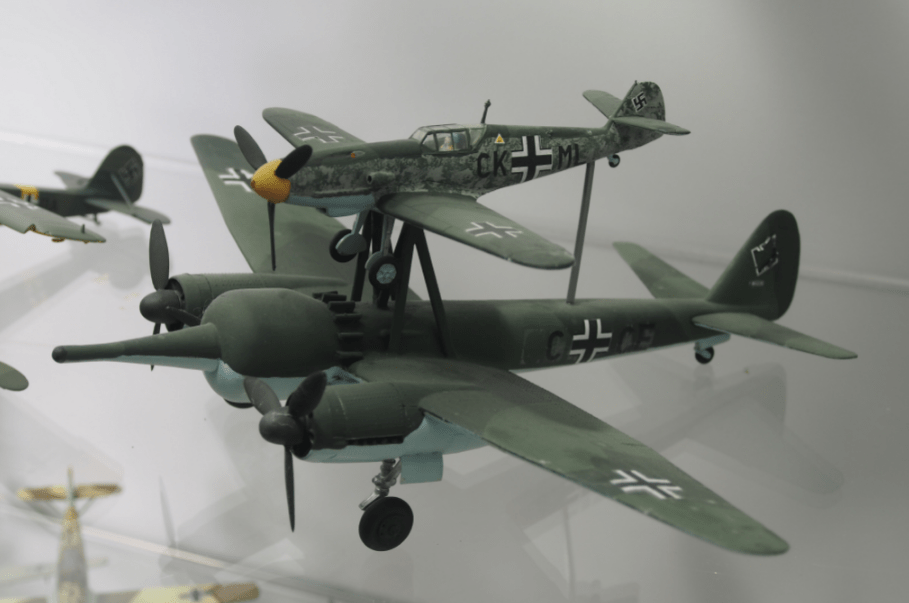World War II brought tremendous growth in the aviation industry, signaling the advent of safer, quicker, and stronger aircraft. While most were used for warfare in the quest for freedom, many of the technologies these planes used carried on until today, allowing us to reach greater heights, go farther distances, and get longer travels, shrinking the world by connecting different nations.
With such contributions, it’s no surprise collecting static warplane models and toys had become a renowned hobby for kids and adults alike. These models mirror the actual construction of actual World War II aircraft, which feed the fascination of collectors and modelers, serving as a tangible gateway to the planes’ rich origins and history.
If you’re also interested in building and collecting WW2 warplane models, like the Boeing B-29 Superfortress or Mitsubishi A6M Zero-Sen, you might be surprised that there are an array of static plane model kits you could choose from. Depending on your skills, experience, and preference, you must pick the type of model suitable for you. Don’t worry, as here are the different types of static World War II plane models to get you started in this wonderful hobby.
Paper Models
It can be fun to build model airplanes with young children so they can see how they work and play airplaine outdoor games with young children as well. Paper models, also regarded as paper craft or card models, are primarily heavy paper or cardboard. These kits come in pre-cut parts and an instruction manual to help you build the exact replica of the World War II aircraft. As these paper kits require less work and intricacies, they suit any modeler, regardless of skill level. In addition, these kits often come with rubber-band catapults, which will allow you to launch the paper models into the air, bringing in a fun experience.
Diecast Models
Diecast models are ready-made replicas usually constructed of lead or zinc alloy through the die-casting or method. Price varies depending on the level of details, cheaper ones have fewer details, but expensive ones contain finer details comparable to the actual aircraft. These models don’t require any assembly, and all that’s left for you to do is attach to a stand and place it on display. A bonus is that the metal construction makes the models more durable, allowing you to appreciate it for years, and pass it to the next generation.
Snap-Fit Models
Snap-fit plane models are an upgrade to the paper models as these use plastic as a material. It entails cutting the parts from the runners and snap them together based on the instruction manual, typically requiring 30 to 45 minutes to finish. These models are affordable. Plus, ideal for beginners who want the challenge of assembling, which die-cast models don’t offer, but are looking for a more sturdy material than papercraft.
Wooden Models
If you’re looking for something unique, then you may opt for wooden WW2 plane models. These models are usually made of balsa wood or lightweight bamboo. Like with the paper kits and snap-fit models, they come in pre-cut pieces. Parts are generally 3mm thick, which you need to interlock to build the three-dimensional model aircraft.
Advanced Plastic Models
Advanced plastic models are the most difficult plane models to build as they require different skills to complete the project. A typical kit may contain over a hundred, which you need to cut, paint, and glue. While the process can be challenging and time-consuming, it provides World War 2 warplane modelers and collectors the most fun. Finishing one also provides a different sense of gratification, serving as a trophy after all the patience and hard work you’ve bested to build the model aircraft.
Final Words
World War II planes undoubtedly left a lasting mark, as insignia of courage and freedom for the nations who flew them and for their valuable inputs to the aviation industry. So, choose which models suit you and reminisce about the legacy of these fascinating World War II aircraft.
